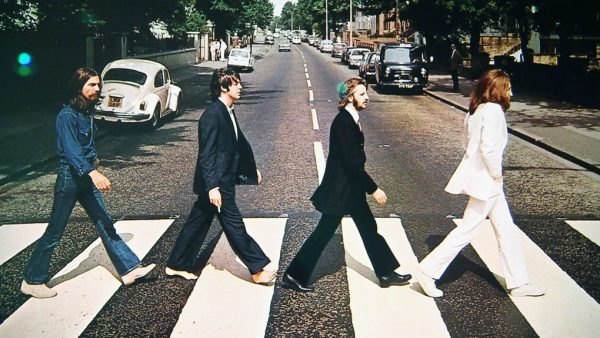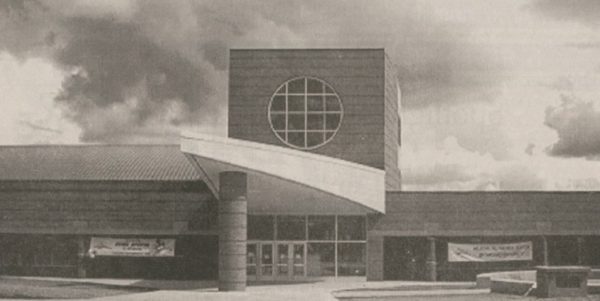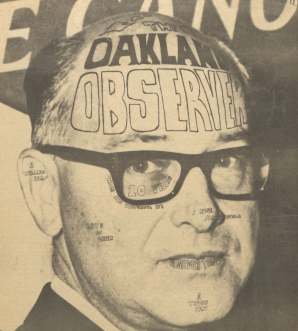Real-world scientific research
By Mike Scussel
Assessing the impact of vegetation on element behavior in the soil environment. Two-dimensional gas chromatographic separation and quantification of fatty acid methyl ester contamination in aviation fuel. Synthesis of acyclic enol ester from ketoketene dimers.
Sound like science fiction?
These are some of the research projects Oakland University students worked on over the summer as part of the undergraduate summer research program in the chemistry and biology departments.
Others may have been basking in the sunshine, but participants in the program have worked since May on real-life research scenarios. They presented their findings to an audience of their families, colleagues and peers in August.
Students with an interest in scientific research, regardless of class standing or level of experience, were invited to apply.
A total of 17 students were accepted into the program after an unprecedented amount of funding was made available by grants from outside organizations dedicated to supporting scientific research.
Those who were selected were trained to operate as scientists by working one-on-one on a project with a mentor, a chemistry or biology professor, who has expertise in their field of interest.
Nick Vietto is a student participant who originally intended to go to medical school but later decided to go into research. During the program, Vietto worked with Dr. Susmit Suvas, a biology professor, to complete a study exploring the pathogenesis of autoimmune diseases.
“You set your own ability to become what you want to,” Vietto said. “You don’t have a boss. You have a mentor.”
Though students do not earn credit during the summer program, at the end of the program, the participant usually has the opportunity to commit to a long-term research project with the mentor for the credit, which is required to graduate in most science degrees.
James Edwards spent some his time in the program organizing a study with the research staff of Beaumont Hospital. He examined strands of human DNA that he isolated from blood taken from patients recruited for his study.
“I happened to get involved in research that had something to do with a medical background,” said Edwards. “I’m certain this wasn’t by chance, with the fact that I wanted to get into nursing.”
He was looking at the relationship between specific combinations of genes believed to be linked to chronic post-surgical pain in patients.
“My week usually broke up into one or two mornings at Beaumont a week which would include three to four hours of work, primarily meeting with patients, working with the research nurse, doing scoring of applications, and helping with the data manipulation,” Edwards said.
After following all the necessary protocols, blood would be delivered from the hospital to a sterile location in Dr. Douglas Wendell’s biology lab for Edwards to research.
The results of his findings were correlated with data obtained in the field by personal interviews he conducted with patients after they agreed to participate in his study.
To other student researchers in the program, the expression “in the field” meant literally, in the field.
Talia Sebastian, a student in the program, collected soil from the Oakland University nature preserve and also went to Detroit to obtain soil where the level of contaminants was determined to be higher. She used the soil to grow a series of plants. She then monitored the levels of contaminants over time to see whether the plants were absorbing the toxins and removing them from the soil.
According to Dr. Edith Chopin, a chemistry professor, if a plant variety were discovered to have an exceptional ability to remove the contaminants, it could have significant environmental applications.
Their theory is that a contaminated area could potentially be restored to ideal growing conditions after one or more generations of the plants are grown in the soil.
For many, participation in the same research program is a landmark on the path to achieving a degree, and can be a deciding factor in their decision to either continue in research in graduate school or to enter medical school.
After becoming acquainted with the policies and procedures of research in organic chemistry lab, Eric Salo, a student participant, said he felt comfortable conducting his research.
For some of the participants, the stress of pushing the brink of scientific discovery in the real world took an emotional toll.
Matt Naden, who worked with Dr. Ferman Chavez, said he began smoking cigarettes as a result of the stress of the work, although there is no scientific evidence which links his new habit with his involvement in the program.
Other participants, like Jenny Day, found other ways to cope with the stress while still being productive in the lab.
While investigating the mechanisms involved in certain pathways related to cardiovascular disease and diabetes, she said she still found time to socialize with other students doing research.
“It was a lot of waiting,” Day said. “Sometimes we would go out to lunch and have our little timers with us.”
Salo had also adopted his own methods to keep cool. According to his lab mates, he made a ritual out of singing in the lab.
The participants all say they share a passion for science and discovery, which helped them bond.
“I’ve learned more in the lab in the three months I’ve been here than I have in my two years at Oakland,” said Salo of his summer experience. “It’s crazy how much of a difference it made.”







